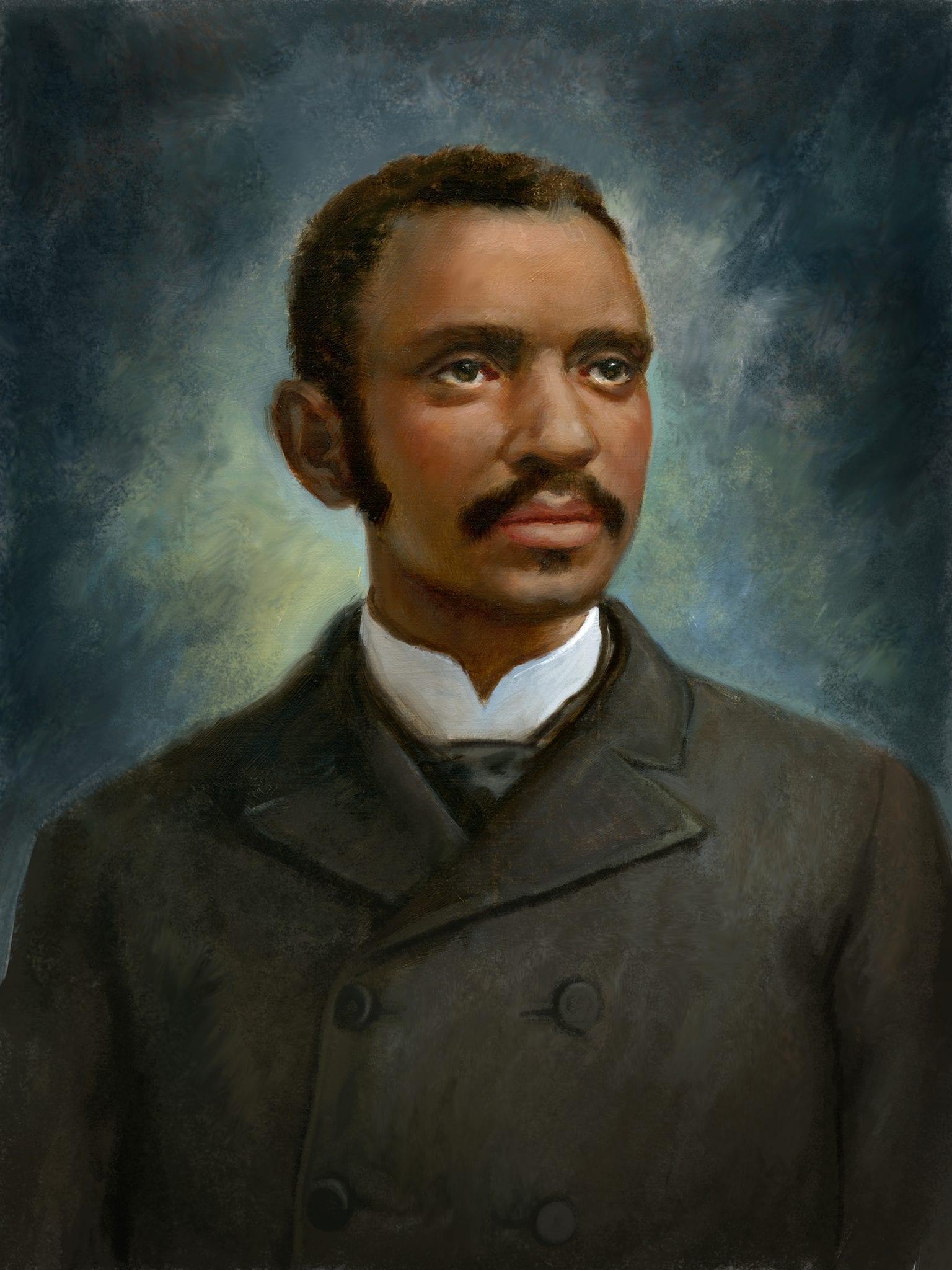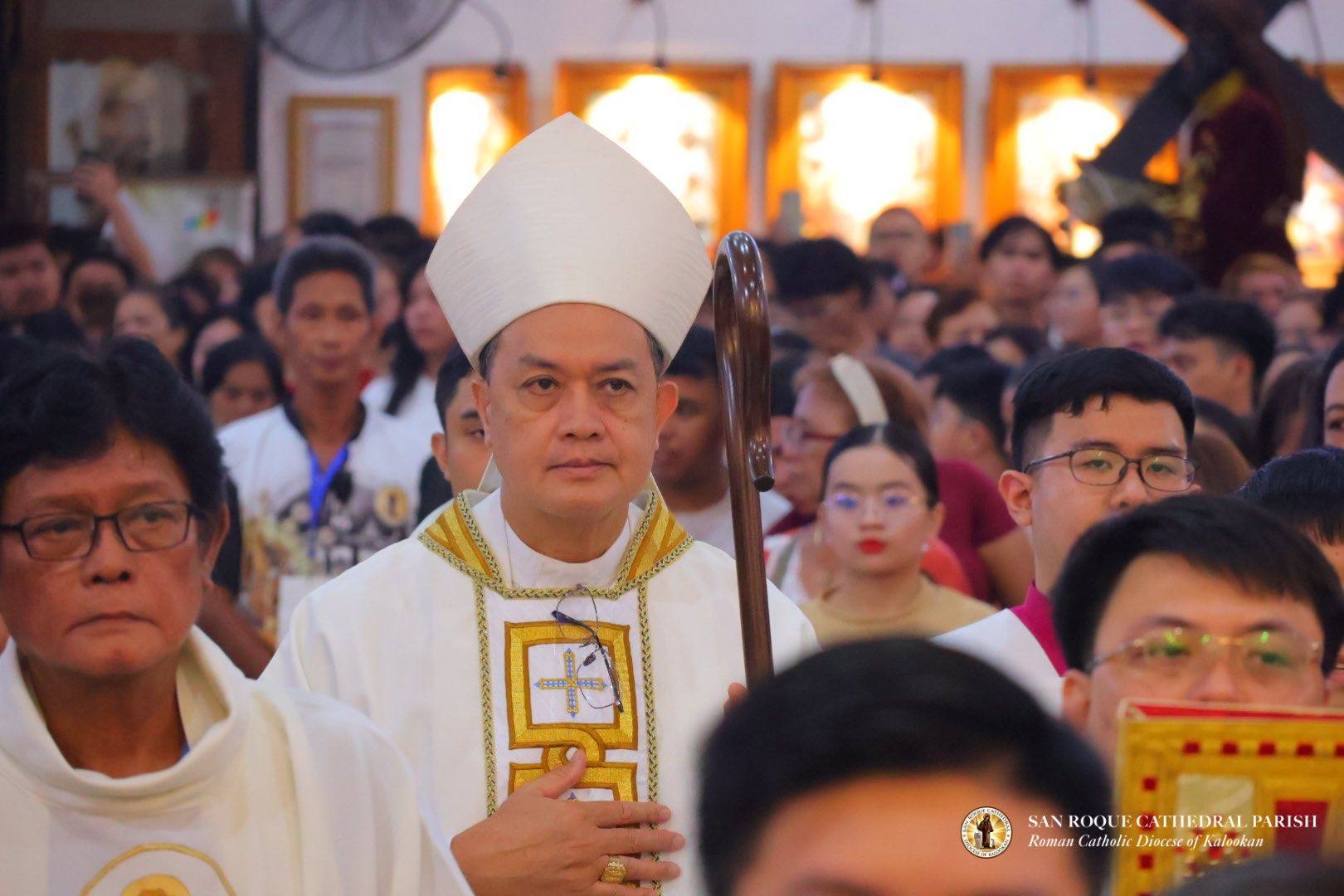CHICAGO — With February being both Black History Month and Catholic Press Month, Daniel Rudd’s story is worth knowing.
A pioneering Catholic journalist, he founded the national black newspaper the American Catholic Tribune and also was the founder of what is today the National Black Catholic Congress.
Rudd was born on Aug. 7, 1845, in Bardstown, Kentucky, to slave parents Robert and Elizabeth Rudd. His parents were Catholic, and he and all of his 11 siblings were baptized. It is unclear how Rudd’s faith became so important to him, but it is clear that it did.
“I have always been a Catholic and, feeling that I knew the teachings of the Catholic Church, I thought there could be no greater factor in solving the race problem than that matchless institution whose history for 1,900 years is but a continual triumph over all assailants,” Rudd wrote in his newspaper.
Following the Civil War, he moved to Springfield, Ohio, where his brother lived and where he attended high school.
In 1885, he began his first newspaper, the Ohio Tribune. Later that year, he expanded its mission and changed the name to the American Catholic Tribune, the first national Catholic newspaper owned and operated by a black man.
“We will do what no other paper published by colored men has dared to do — give the great Catholic Church a hearing and show that it is worthy of at least a fair consideration at the hands of our race, being as it is the only place on this Continent where rich and poor, white and black, must drop prejudice at the threshold and go hand in hand to the altar.”
Several American bishops endorsed his newspaper, and he listed them on the masthead: “Cardinal Gibbons, archbishop of Baltimore, Md., the most Reverend Archbishops of Cincinnati and Philadelphia, and the Right Reverend Bishops of Covington, Ky., Columbus, O., Richmond, Va., Vincennes, Ind., and Wilmington, Del.”
Each issue averaged four pages targeting literate black Americans. He also had white Catholics among his subscribers. Correspondents in various locations such as New England; St. Louis; and Fort Wayne, Indiana, reported on news at various times around the country.
In 1886, Rudd moved the publication to Cincinnati. In addition to stories from correspondents, the newspaper reprinted stories from other newspapers, which was customary for small newspapers at the time. Some of these stories featured coverage of lectures Father Augustus Tolton gave in various towns.
Subscriptions and advertisements did not cover the cost of the newspaper’s publication, so Rudd raised funds through donations. Revenue from a printing company in the Cincinnati office also defrayed costs.
Rudd was both a journalist and an activist. He featured news relevant to black Americans and championed the rights of blacks, writing editorials opposed to segregation and discrimination in all of its forms. As violence against blacks increased in the 1890s and hangings became more prevalent, Rudd spoke out against Americans’ inaction over these atrocities.
Throughout his editorials and features, Rudd’s mission and philosophy came through: “The Catholic Church alone can break the color line. Our people should help her to do it.”
On another occasion, he wrote: “The Negro of this country, ostracized, abused, downtrodden and condemned, needs all the forces which may be brought to bear in his behalf to elevate him to that plane of equality which would give him the status he needs as ‘a man among men.’ … We need assistance and should obtain help whenever and wherever it can be given. The Holy Roman Catholic Church offers to the oppressed Negro a material as well as spiritual refuge, superior to all the inducements of other organizations combined.”
Rudd saw the ordination of Tolton — the first identified black man ordained for the U.S. Church — as a watershed moment for the Catholic Church in America.
His ordination showed that the universal Catholic Church considered blacks equal to all others. It also challenged the prevailing opinion that blacks were intellectually and morally inferior. An editorial in 1888 read: “The Catholic Church takes men from all the walks of life and if they but follow her example and teachings she will not only place them beyond the railings, but she will guarantee them a sure footing and endless happiness in the world beyond the grave.”
The idea began to form in Rudd’s mind of a national gathering of black Catholics in Washington. He first proposed the congress in the American Catholic Tribune in May 1888.
No group was more passionate or desirous of the advancement of black people than black Catholics, he said. For that reason they should gather and become leaven for their race in America, “to have our people realize the church’s extent among them. We are hidden away, as it were. Let us stand forth and look at one another. … Every Colored Catholic must, at times, feel that his Colored brethren look upon him as an alien, and may even be told so. Our Protestant friends have false notions of us,” he wrote.
In all, five congresses took place in different cities: 1889 in Washington; 1890 in Cincinnati; 1892 in Philadelphia; 1893 in Chicago; and 1894 in Baltimore. The next National Black Catholic Congress would not be held until 1987. It is unclear why the congresses ended.
In 1894, Rudd moved his offices of the struggling American Catholic Tribune to Detroit, but no more issues were published. There is no doubt, however, that Rudd’s story is an important part of the history of Catholic journalists in the United States today.
– – –
Duriga is editor of the Chicago Catholic, newspaper of the Archdiocese of Chicago. This story is adapted from a chapter on Rudd from her book “Augustus Tolton: The Church Is the True Liberator,” published by Liturgical Press.
















